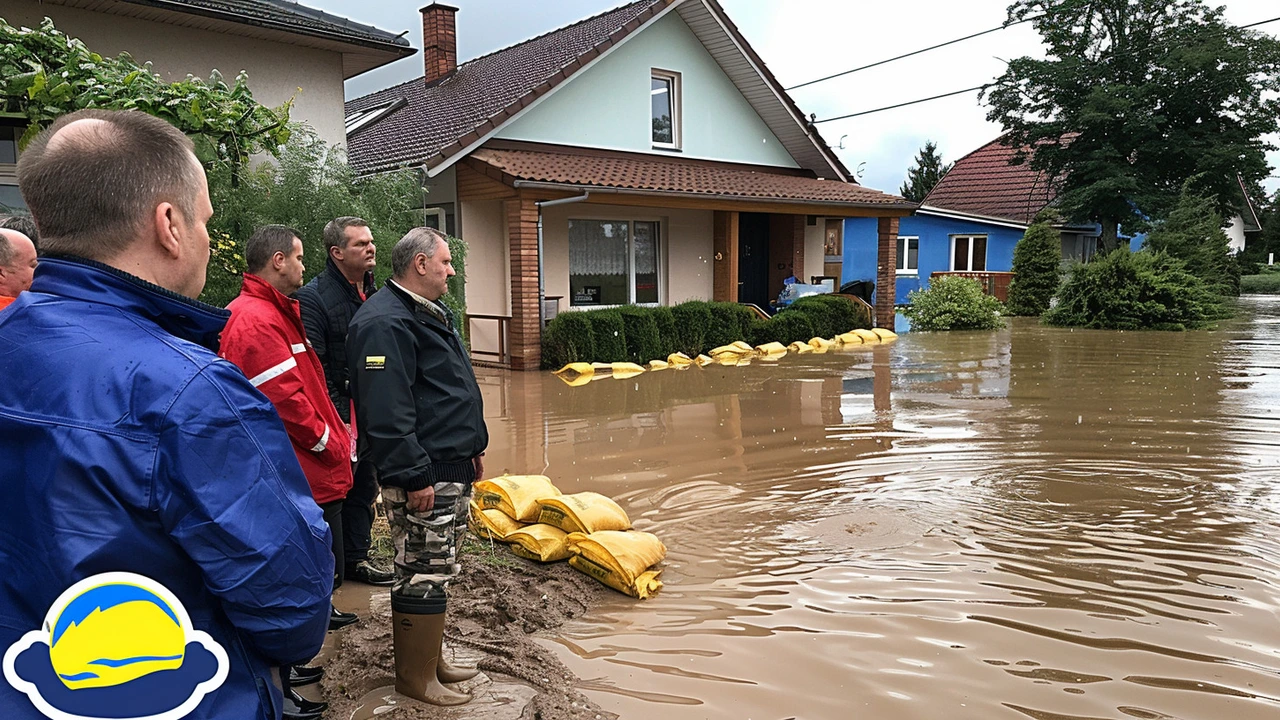Rescue Operations: Practical Guide & Updates
When disaster hits, rescue operations move fast and so should you. Whether it’s floods, a building collapse, or a road accident, knowing what rescue teams do and what you should do can save lives. This page explains how rescue efforts work, what to expect if you’re nearby, and how to help without getting in the way.
How rescue operations work
Rescue teams usually follow a clear plan: assess the scene, secure safety, find victims, give first aid, then evacuate. Teams include firefighters, paramedics, police, and specialist units like mountain or water rescue. Each team has a role: firefighters cut through wreckage, paramedics stabilise injured people, and police control access. Commanders coordinate resources so everyone works together.
Time matters. The first hour after an incident is often the most critical. That’s why quick reporting, accurate location info, and clear access routes help rescue crews reach victims faster. If you call for help, give a landmark, clear directions, and describe hazards—gas leaks, downed power lines, or unstable structures.
Types of rescue operations you’ll see
Rescues come in many forms. Urban search and rescue (USAR) focuses on collapsed buildings and trapped people. Flood and water rescue uses boats and swimmers with ropes. Mountain and cave rescue rely on ropes, harnesses, and technical climbing gear. Road traffic rescues use hydraulic cutters and stabilisation tools. Each type needs specific training and gear, so don’t assume one team can do everything.
Humanitarian rescue after large disasters adds another layer: mass casualty triage, temporary shelters, food and water distribution, and tracing missing people. NGOs and international teams often join local services when the scale is too big for one agency to handle alone.
Media coverage matters too. Accurate reporting helps families and authorities coordinate, but avoid sharing unverified photos or locations that could harm operations or put people at risk.
How to stay safe and help
If you’re near an incident, put your safety first. Move away from immediate hazards, follow official instructions, and keep clear of rescue zones. Don’t try to rush in unless you have proper training and gear. Bystanders can accidentally cause more harm by destabilising rubble or blocking access for emergency vehicles.
Want to help? Donate to verified relief funds, volunteer through recognised organisations, or offer shelter and supplies if authorities ask. If you’re a trained first responder or medic, check in with local command before acting. Keeping calm and following directions makes a huge difference.
For updates on ongoing rescue operations across Africa, follow Patio Pulse. We bring timely reports from local teams, official statements, and safety tips during emergencies. Bookmark this tag to get quick, practical coverage and to know when it’s safe to return to affected areas.
Need immediate help now? Call local emergency numbers, provide clear location details, and stay on the line until dispatcher tells you it’s okay to hang up. Small actions done right can change outcomes. Stay informed, stay safe, and support trained teams when disasters strike.

Tragedy Strikes: Four Dead in Southern Germany Floods Amidst Rising Climate Change Warnings
Keabetswe Monyake Jun 4 8Four people have tragically died due to severe flooding in southern Germany, with heavy rainfall causing major disruptions. The floods have impacted states like Bavaria and Baden-Wuerttemberg, suspending transport routes and necessitating emergency evacuations. Chancellor Olaf Scholz underscored the urgent need to address climate change as water levels continue to rise.
More Detail